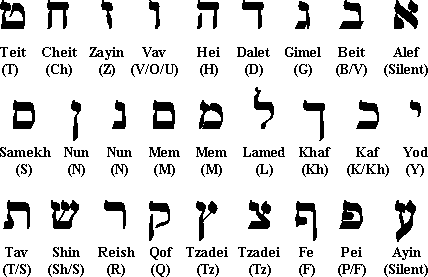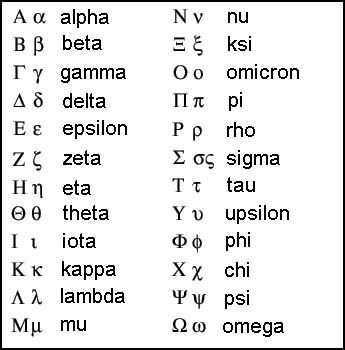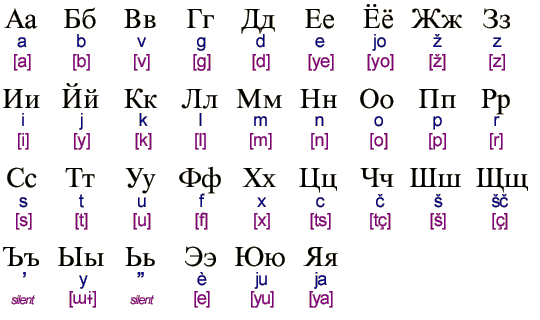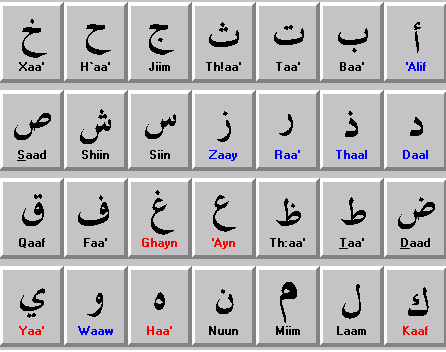
The 22 letter Phoenician alphabet of ancient Tyre and Sidon just north of Israel, and Carthage (Tunis) settled by the Phoenicians in northern Africa,
also a close version called Paleo-Hebrew (i.e. Old Hebrew), is said by many non-Hebrew scholars to have preceded the "square" Assyrian script used in teaching Hebrew in modern Israel. However, according to the bulk of Hebrew scholars click here, it is the Assyrian script that was employed by God when he wrote the Ten Commandments on the two tablets received by Moses in Exodus 31:18, and then the books written by Moses, starting way back in 1505 BC.
And yes, who are we to say that they are wrong, thousands of years later 
The Hebrew word for alphabet is a-l-e-f, b-e-t. Its Assyrian script "Ktav Ashuri" also has 22 characters. To write is called kathav, handwritten messages are miktav, and a single character is "oath" mark i.e. a sign, with Hebrew words written right to left. Separated with a space as we do in English.

As the years went by, the script passed through Tyre and Sidon and Carthage, becoming the Greek alphabet of 24 characters, called gramma in the New Testament, with words written left to right.

Click here for a pronunciation guide
which later, when the Bible was being rewritten in 900 AD became the 33 character Cyrillic alphabet of Ukraine and Russia

In Rome it became their 23 character Latin alphabet, and later the Roman empires of Britain, France, Spain, etc. Called littera, letters.
In Germanic lands (before 1000 AD) the runic ("mystery") alphabet known as FUTHARK (or fuþark) was used, thought to be a variation on the old Italic alphabet that preceded Latin

In Arabia it became the 28 character Arabic alphabet, spreading from Turkey and northern Africa all the way into the East

In India, the Devanagari alphabet and the Tamil alphabet developed. See the following article.
Devanagari (i.e. divine writing), the Hindu name for Hindi (and the earlier Sanskrit) alphabet is based on the ancient Brahmi script which is now commonly believed to be of Phoenician origin. The oldest extant forms are those occurring on the rock inscriptions of King Asoka about the third century B.C. Since that time the letters have undergone considerable change, still further removing them from their Phoenician prototype, from which the system also differs in that it is written like the European alphabet of the same origin, from left to right, whereas the Phoenician ran from right to left. The complete alphabet consists of 50 letters (16 vowels and 34 consonants).
Brought to India by Indo-Aryan speakers, the "noble" people of ancient Persia / Iran who in Esther 1:1 ruled over India. Click here for the Britannica article on the history of the Aryan people.
In Genesis 10:22 referred to as Elam, the eldest son of Shem.
Finally, the thousands of "picture" characters used in Chinese, Korean and Japanese are based on a different system, and if the old scholars are correct, they are derived from the writing systems of the Sinites, a Canaanite family who settled China shortly after the flood around 2250 BC.
See the reference to the land of Sinim in Isaiah 49:12, and the original reference to the family of the Sinites in Genesis 10:17-18, in this extract from Strong's Concordance.
| Strongs H5513 | Ciynay | Sinite | Gen 10:17, |
| 5515 | Ciyniym | Sinim | Isaiah 49:12 |
End of article